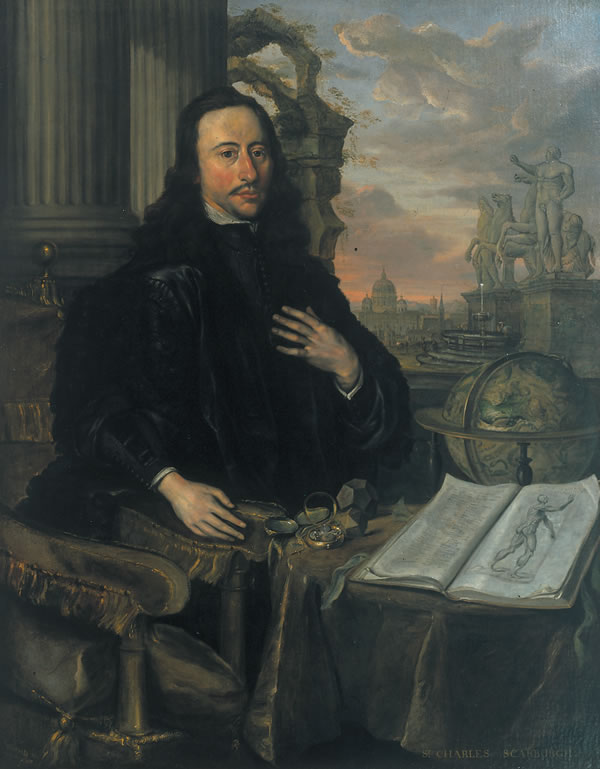- About MAA
- Membership
- MAA Publications
- Periodicals
- Blogs
- MAA Book Series
- MAA Press (an imprint of the AMS)
- MAA Notes
- MAA Reviews
- Mathematical Communication
- Information for Libraries
- Author Resources
- Advertise with MAA
- Meetings
- Competitions
- Programs
- Communities
- MAA Sections
- SIGMAA
- MAA Connect
- Students
- MAA Awards
- Awards Booklets
- Writing Awards
- Teaching Awards
- Service Awards
- Research Awards
- Lecture Awards
- Putnam Competition Individual and Team Winners
- D. E. Shaw Group AMC 8 Awards & Certificates
- Maryam Mirzakhani AMC 10 A Awards & Certificates
- Two Sigma AMC 10 B Awards & Certificates
- Jane Street AMC 12 A Awards & Certificates
- Akamai AMC 12 B Awards & Certificates
- High School Teachers
- News
You are here
The Life of Sir Charles Scarburgh
One of the great strengths of Convergence is its extensive collection of “Mathematical Treasures,” providing images and details of important mathematical works throughout history. While many of the authors of these works are famous today, with biographical details readily available in a variety of sources, some of the authors are not as well known to the modern world.

Figure 1. Portrait of Sir Charles Scarburgh, oil on canvas, attributed to Jean Demetrius, c. 1660.
Image courtesy of Wikimedia Commons.
In this article, we will explore the life of Sir Charles Scarburgh (or Scarborough, c. 1615–1694), who is perhaps most commonly remembered as a physician to English royalty, but who also had a lifelong interest in mathematics. He was known to have accumulated one of the most impressive mathematical libraries in all of Europe, including many of the “Mathematical Treasures” that are highlighted here on Convergence. He may also have played a role in the creation in a mathematical treasure of his own, a new translation and commentary on the first six books of Euclid’s Elements, published eleven years after his death by his son Edmund.
Michael Molinsky (University of Maine at Farmington), "The Life of Sir Charles Scarburgh," Convergence (June 2021), DOI:10.4169/convergence20210606




